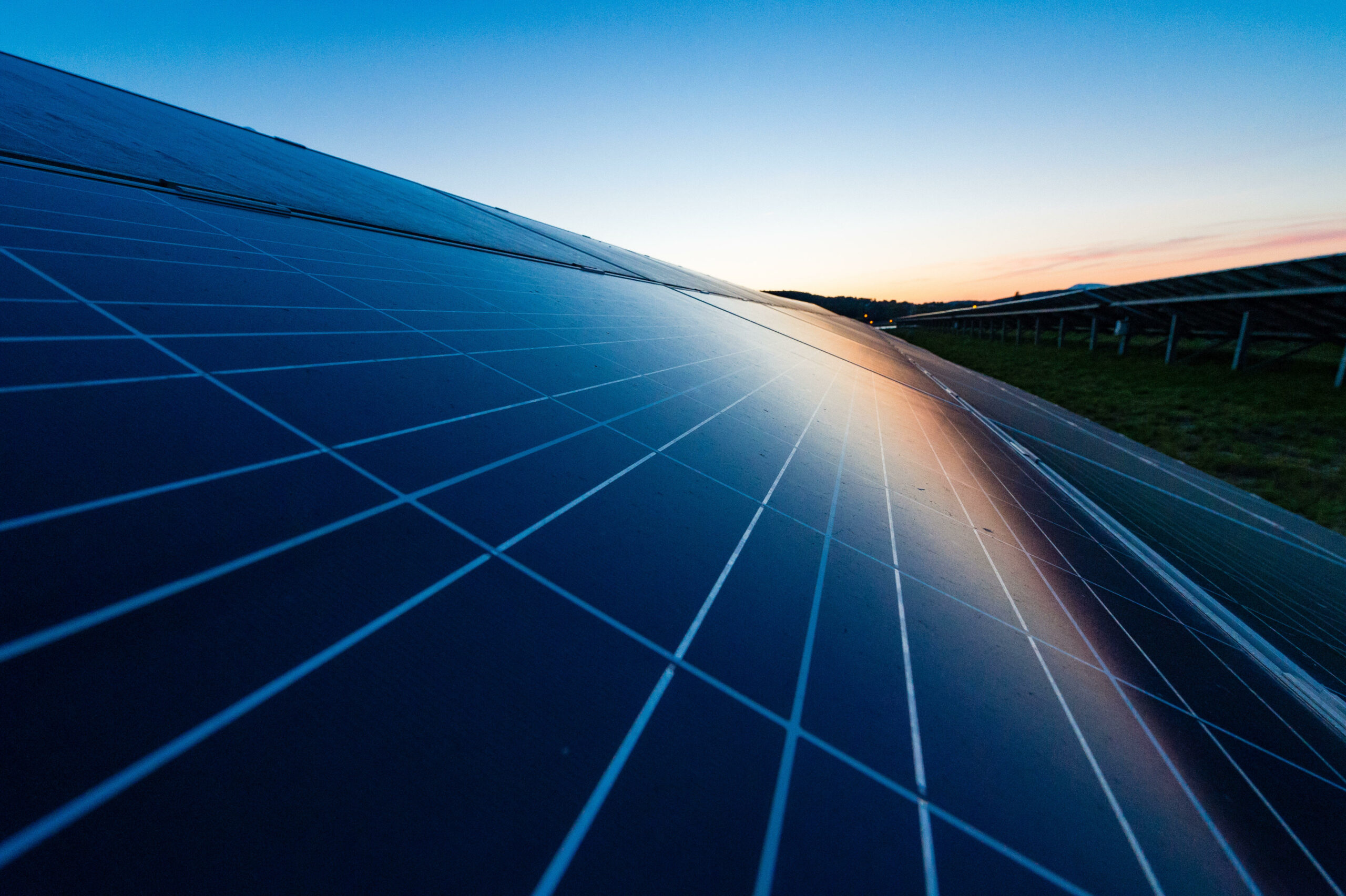Yields from large solar power plants around the world could be increased significantly through direct sun reflection (DSR) involving giant orbiting mirrors redirecting sunlight towards existing solar farms on the ground. This is the main conclusion of a pre-feasibility study conducted as part of the European Space Agency’s SOLARIS initiative. A crucial partner in the consortium, ENGIE Research & Innovation has been consulting key stakeholders in the energy industry to assess the solution’s viability and increase its potential.
March 2024

ESA’s SOLARIS initiative aims to advance the viability of space-based solar power (SBSP), technically, economically, and ecologically. SBSP involves harvesting significant quantities of solar energy for terrestrial use by capturing it in space, where the sun is at its most intense and is always shining. ESA is looking to de-risk the technology and to develop workable SBSP concepts in the coming years so that a decision can be made in Europe soon whether to develop and deploy them for commercial operations from the 2030s onwards.
Sunlight from dusk to dawn through mirrors in space
One promising solution is being proposed by a consortium led by Arthur D. Little partnering with ENGIE Research & Innovation (represented by Laborelec), Air Liquide, Thales France, and Dassault Aviation. It would use a constellation of direct sunlight reflection (DSR) mirrors launched into a low Earth orbit (LEO) to reflect sunlight passing through the orbit and accurately redirect it towards Earth, more precisely targeting existing large solar farms. Directing the reflected sunlight towards one solar farm, and then to the next as the earth revolves, this constellation of mirrors could mean that the farms receive sunlight during dusk and dawn as if it were noon.
The 2023 pre-feasibility study confirmed that this DSR solution is technically viable. The consortium concluded that, with an array of 4000 orbiting mirrors, each 1km across, around 30 large solar farms across the globe could receive up to 60% more solar energy each year without the need for infrastructure investment at the plants themselves. This would avoid approximately 8500 megatonnes of CO2 emissions during the 30-year lifetime of the system.
Solution optimized through stakeholder input
In the course of the pre-feasibility study, Laborelec consulted major stakeholders including solar farm operators, transmission system operators, and final energy users in industry, to assess the solution’s potential and how well it might gain acceptance. This allowed the consortium to optimize the solution in multiple ways, for example by ensuring that solar farms would receive the additional irradiation during times of local peak energy consumption, generally from 06:00-08:00 and 18:00-20:00 each day.
The optimized solution could also be directed towards solar plants producing green hydrogen in addition to plants injecting power into the grid.
Multiple challenges ahead, yet it’s a proven technology
The study also identified challenges that lie ahead, including:
- the practicality of deploying such large numbers of giant mirrors into space;
- controlling the orientation of the giant mirrors;
- ensuring that the additional illumination is safe for the environment and human activity;
- avoiding collisions with space debris or finding ways to remove debris;
- developing feasible repair and maintenance programmes for the mirrors covering 30 years or more of operation; and
- devising a recycle and reuse programme at the installation’s end of life.

By mid-2024, ESA will decide the next steps to take on the SBSP solutions being studied. As Laborelec project manager Aurélie Durand Morin says, the proposed DSR solution is based on mature technologies: “Every component builds on proven technology. There’s nothing really new in bringing mirrors safely into LEO and controlling and maintaining them from there. And we know all about the workings and performance of large solar power and green hydrogen plants.”
“Of course, there are a number of challenges to be addressed, not least how to deploy such large mirror structures and how to keep the solution’s total financial and environmental cost within reasonable limits. But we’re excited to investigate how to bring this to scale in a viable way.”
Don’t hesitate to contact us!

Aurélie Durand-Morin
Technical project leader
aurelie.durandmorin@engie.com